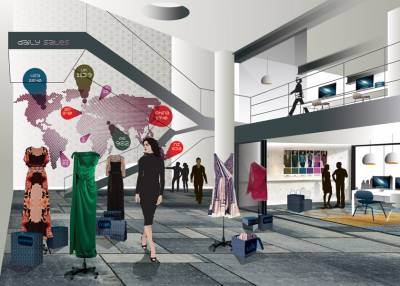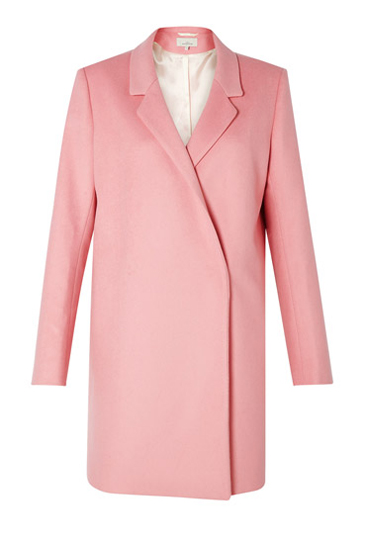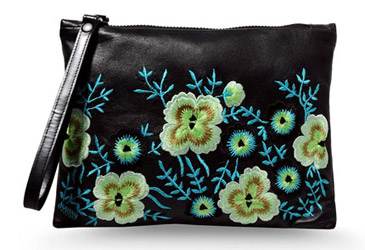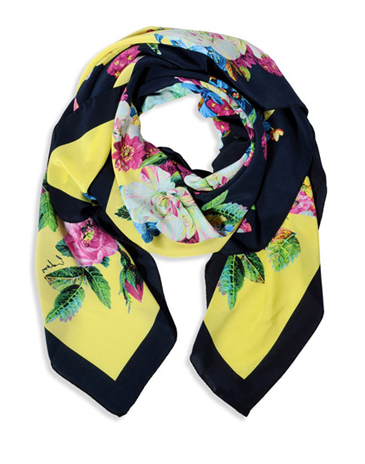We receive phenomenal customer feedback, which may influence the sizes or colour palette a designer offers. I always tell them to be open to suggestions yet stay true to their vision and have a clear point of view, that is what our customers look for.”
Juggling such needs makes business complex for designers. As a Southern hemisphere designer, Brazilian eveningwear specialist Patricia Bonaldi is ahead of the curve, already delivering spring 2014 styles at home while sending autumn 2013 models to the north.
“Strategically that helps because production is consistent and established when we export,” she says. “We make adjustments for markets such as the Middle East—less sheer and slit, more long skirts—without losing our uniqueness and handmade detail.”
A worry is keeping consistent competitive prices worldwide in the face of punitive Brazilian duties and taxes. “It’s not simple,” she says.
“Local taxes everywhere influence prices and we need consistency in a global online market. So we are seeking incentives in Brazil to reduce import taxes, and we also have our own distribution centres in other countries to facilitate the sales process.”
For Lama El-Moatassem, whose generously hand-embellished Toujouri eveningwear brand is based in Qatar, but sells online and in top stores round the world, varying taxes and duties play an important part in pitching the collection at the right price.
“We work towards target prices based on our position in the market and customer needs,” she says. “We then have to work backwards to decide on fabric and suppliers, ensuring that we simplify the practical elements and supply chain without compromising on aesthetic. We have a recommended retail mark-up but certain markets are off-limits because of high import taxes and duties.”
Online designer fashion has had an annual growth rate of up to 14 per cent for the past five years and shows little sign of slowing down. This could leave physical stores in a tricky position, but not necessarily, according to Neves. “As a site, we depend on physical stores that do well,” he says.
“People increasingly go to stores when they’re looking for something special and then they want a memorable retail experience. However good online is, it cannot give you that.” In a global culture obsessed with shopping, there is undoubtedly room for both.










